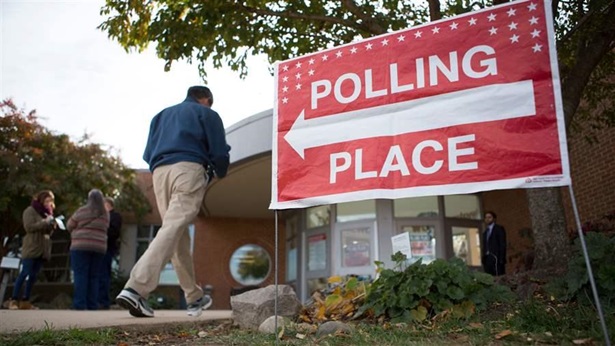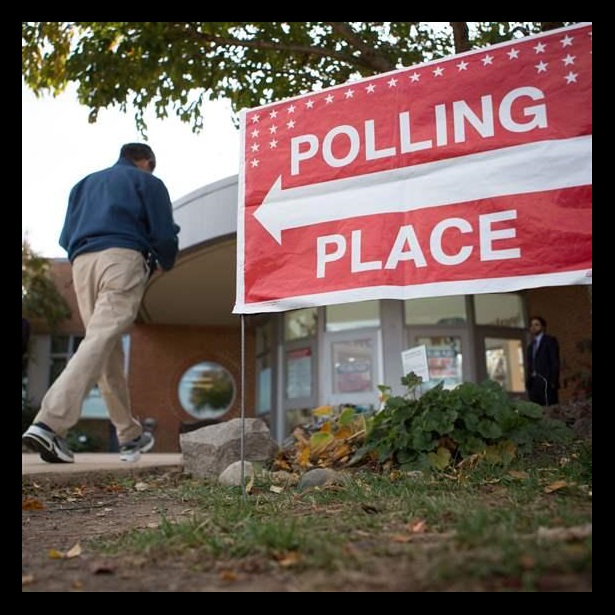Ohio Improves Absentee Ballot Process
Ohio Secretary of State Jon Husted has directed county election officials to adopt policies that may increase the rate at which returned absentee ballots are accepted and counted. In Ohio, an absentee ballot must be postmarked on or before Election Day; only 11 other states permit the counting of ballots that arrive after the polls close.
The new absentee ballot policies are:
- Including an insert with each mail ballot sent to voters with specific instructions about how to return the ballot and ensure a proper postmark.
- Resizing the absentee ballot to fit into a traditional letter-size envelope to increase the likelihood of appropriate postmarking by the U.S. Postal Service.
Additionally, the secretary of state’s office will provide bar code-reading equipment to counties that do not have and cannot purchase their own.
In 2015, a significant number of absentee ballots arrived late and without a legally acceptable postmark because some envelopes, including the courtesy reply envelopes provided by certain counties, did not bear a unique bar code for tracking. For example, Summit County was unable to count roughly 9 percent of its late-arriving absentee ballots in the November election.
This year, absentee mail voting in Ohio began Feb. 17 in advance of the state’s March presidential primary election. Absentee ballots and additional registration and voting information are available at MyOhioVote.com/VoterToolkit.
As part of other efforts to improve election administration in Ohio, Husted recently published statistics that show an increase in the rate at which provisional ballots are counted in Ohio.
Sean Greene is the project director, and Keara Castaldo is a research associate, for election initiatives at The Pew Charitable Trusts.
Follow us on Twitter using #electiondata, and get the latest data dispatches, research, and news by subscribing today.













